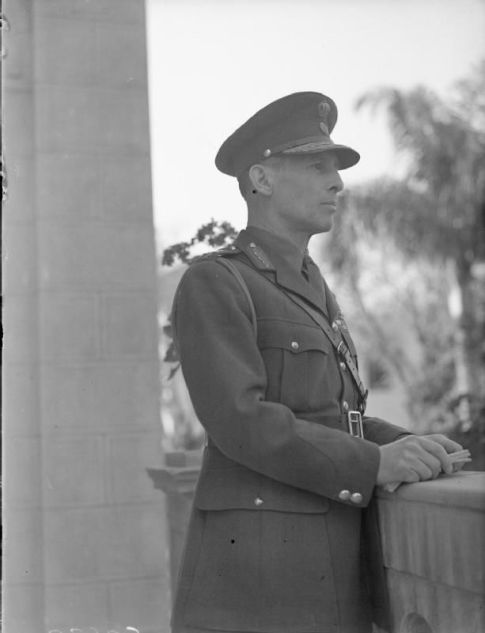On 27 September 1946, King George II of Greece returned to the throne four years after fleeing to the United Kingdom and disembarked at 10:00 am in Piraeus. A few hours after welcoming the monarch on his return, the Greek Prime Minister Konstantinos Tsaldaris and his entire cabinet had resigned.
The official results of the Greek referendum showed that on a turnout of 86.6 percent, 68.4 percent of voters were in favour of retaining the monarchy. However, even western-allied observers admitted that the official results had been significantly tampered with by supporters of monarchism. The official report from British and American observers read: “We do not doubt that the party representing the government's point of view improperly interfered with the referendum by obtaining votes in favour of the return of the king”. King George returned to Greece on the advice of Winston Churchill.
But his reign would not last long. On 1 April 1947, the 56-year-old monarch died in Athens from atherosclerosis. Because of how long he’d spent in exile, George II used to joke that “the most important thing for a Greek king is a suitcase”. Since the king was childless, on his death his younger brother, Paul I, ascended to the throne and reigned until his death in 1964 when he was succeeded by his son Constantine II. Constantine was the last king of Greece and fled to England in 1967 after being ousted by the Regime of the Colonels. After the junta was overthrown, the new government proclaimed the Third Hellenic Republic by referendum.
Source:
Modern Greece in World Economy and Politics / Institute of World Economy and International Relations of the Russian Academy of Sciences (IMEMO). - Moscow: IMEMO RAS Publishing House, 2013.
























